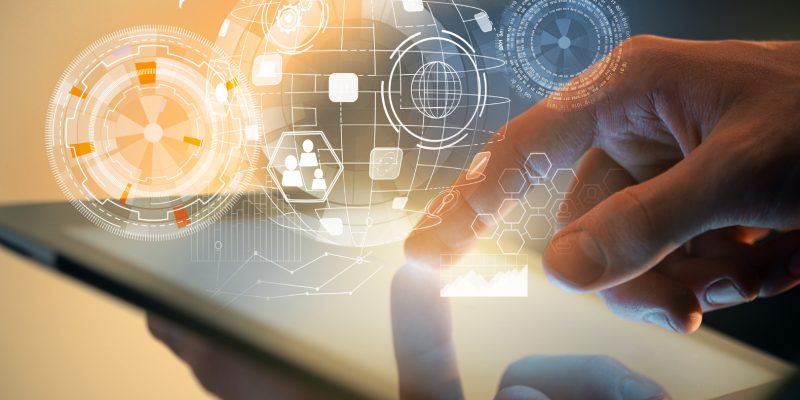
What are educational institutions and organisations planning to do for the post-pandemic period in order to develop new and existing digital capabilities and create a modern technological framework?
All initiatives taking place right now are aimed at modernising learning environments and providing structures that optimise student engagement and support digital acceleration in schools and higher education. But what optimisation and modernisation of educational technologies means?
First of all, the focus is on corporate technologies; we must aim to innovate administrative systems in order to achieve modernisation and agility of the processes necessary to compose a corporate technology platform for education. Then we move on to learning environments, to continue with modernisation we need to build innovative, personalised, and scalable learning structures to achieve the broader institutional objectives.
The post-pandemic needs
The pandemic has forced many educational institutions to accelerate investments in digital initiatives and re-focus their priorities. This resulted in financial and operational challenges.
68% of IT managers in the primary and higher education sectors reported – in recent research by strategic consulting firm Gartner – that they had significantly accelerated the pace of digital business initiatives following the pandemic. Institutions were forced to adapt quickly to distance learning; however, many of their educational technologies, administrative systems, and operating models lacked the skills and competencies required to deliver a virtual or hybrid experience.
As educational organisations introduce and support the implementation of business technology innovations, new digital capabilities, and services emerge: –
- Virtual / remote and hybrid services for learning, consulting and recruiting;
- Artificial intelligence (AI): chatbot, digital evaluation;
- Business intelligence and data analysis;
- Alternative credentials;
- Cloud / SaaS solutions and services;
- Hybrid integration platforms; and
- Digital integration technologies.
The major multinational software development companies are also moving towards offering platforms dedicated to the education sector. “The phase in which digital provided a reactive response to the emergency represented the watershed between the “before” and “after”. We understood that we will not go back to teaching, culture, and research as we did before the pandemic. At the same time, we have also increased the awareness of having to bridge skills gaps – digital literacy- and methodological – digital productivity in the digital world. The need for new skills and new professional figures capable of embracing change and helping all actors to orient themselves. In these new scenarios it is strong and transversal” declared Elvira Carzaniga, Director of the Education Division in Microsoft Italy during an event last April.
In recent decades, learning has changed a lot. Partly in response to the digitisation of the post-industrial era and the consequent introduction of ICT, and consequently due to the different skills and competences required by the current labour market. When it comes to technology and education, Indian expert K. Kumar rightly distinguishes between two aspects: technology “in education” and technology “of education”. The first refers to the use of technology in the teaching process; such as beamers, laptops, mobile phones, etc., while the second concerns the teaching methods themselves. The second aspect, unfortunately, has received less attention than the first, but as computers have become an essential part of our life the situation seems to have changed in recent times.


